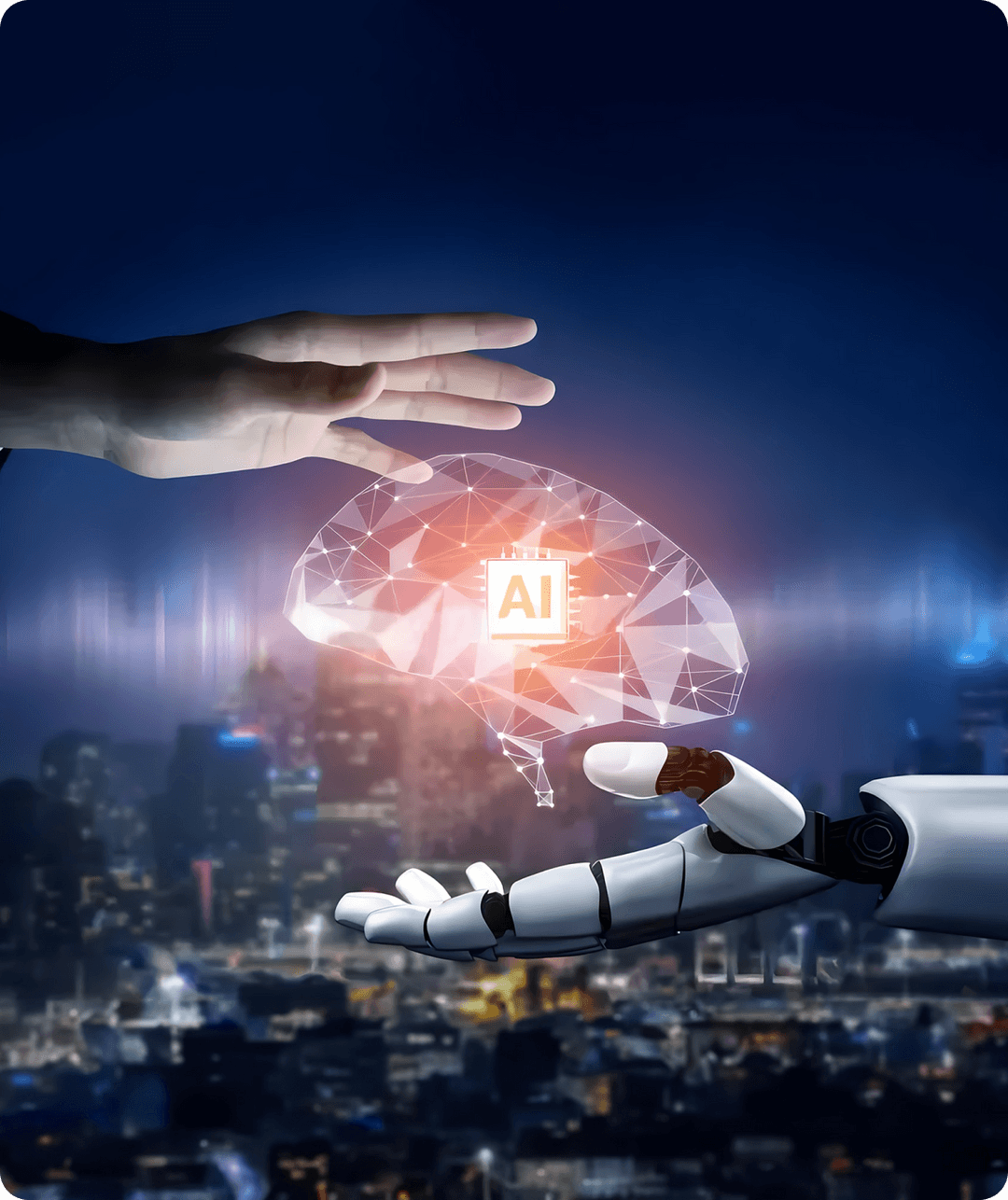
Generative AI (GenAI) has taken the business world by storm, promising to revolutionize workflows and unlock new creative avenues. However, a recent LinkedIn poll you conducted revealed a cautious optimism, with a majority of respondents saying their comfort level with GenAI "Depends on the service." This sentiment reflects the current state of GenAI adoption – uneven across industries, with pockets of enthusiastic use and areas with lingering concerns.
Here's a breakdown of GenAI adoption across various sectors, based on recent industry reports and surveys:
High Adoption Areas
Marketing & Advertising: (Penetration Rate: ~ 60%) This sector is a breeding ground for GenAI. Businesses leverage it for tasks like creating personalized marketing copy, generating ad variations, and crafting social media content. The ability to personalize content at scale and automate repetitive tasks fuels its popularity. Tools like Grammarly and Jasper are popular examples used for content creation.
Customer Service: (Penetration Rate: ~ 45%) Chatbots powered by GenAI are transforming customer service. They provide 24/7 support, answer frequently asked questions, and even manage simple transactions, freeing up human agents for complex issues.
Product Design: (Penetration Rate: ~ 35%) GenAI assists with tasks like generating product mockups, creating variations based on user preferences, and optimizing product designs for manufacturability.

Areas with Cautious Adoption
Finance & Legal: (Penetration Rate: ~ 15%) The high-stakes nature of these industries demands accuracy and explainability. Concerns around potential biases and lack of regulatory clarity are major hurdles to widespread GenAI adoption.
Human Resources: (Penetration Rate: ~ 10%) While GenAI can automate resume screening and interview scheduling, ethical considerations regarding bias and the human element in recruitment remain paramount.
Health Care: (Penetration Rate: ~ 6-8%) Health care is bound to stay cautious in adopting AI in day-to-day operations. Apart from the obvious high stakes on hand, strict regulations in the industry are would make the adoption more difficult. Potential for misuse and bias in algorithms can result in huge ambiguity on trustworthiness of the system.
The "Depends" Zone
The Road Ahead

Future Outlook
Data Science Team
